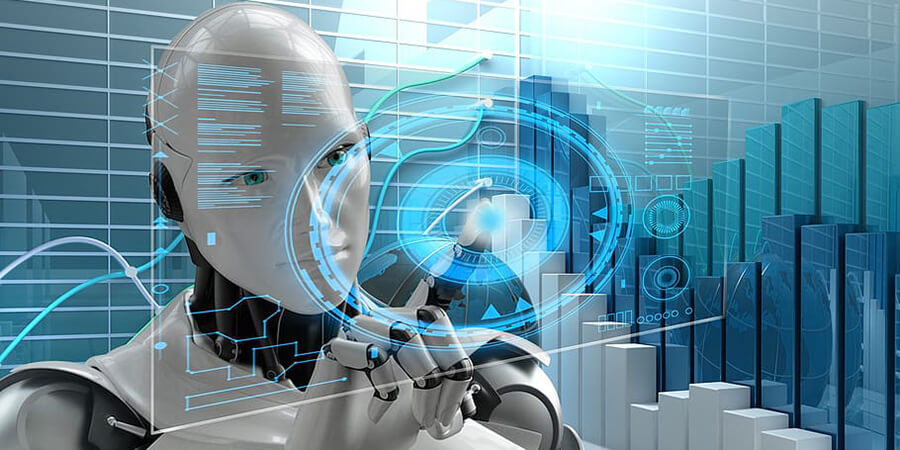By 2030, the global robotics market is expected to be worth between $160 - $260 billion. Along with this, scientists and representatives of international organizations and enterprises work continuously in the application of robots in emerging industries, technological development, and international cooperation.
In the 2021 World Robot Conference held in Beijing, cutting-edge technological achievements and new business models regarding the robotic industry are showcased. Data from the Ministry of Industry and Information Technology showed that China produced over 237,000 industrial robots in 2020, up 19 percent year-on-year. Despite this, service robots, used in both domestic and commercial settings, have also grown in demand.
Service robots
To define, a service robot operates semi/fully autonomously to perform services that are beneficial to humans in their everyday lives. These include cleaning robots, elder care and medical companions, toy robots, hobby systems and kits, and home education and training robots.
BCG’s Robotics Outlook 2030 emphasized that professional services robots — including medical and agricultural — will dominate the sector. Amid the COVID-19 situation and in preparation for the post-pandemic recovery, Li Xiangyu (SpaceLee), vice president of Huawei Middle East, agrees that “applying AI and robotics can enhance healthcare services.”
One example is the Kando Robotic laparoscopic surgery robot system, which is among the highlights at this year's conference. As one of the most common uses of robotics is robot-assisted operations, utilizing mechanical arms with a camera and/or surgical equipment attached allows the completion of complex procedures with more precision and extra control.
There’s also a nursing robot, a mechanized wheelchair that can take someone to a bathtub or toilet, then back to bed, all on its own. This brings to life what Liang Liang, deputy secretary-general of the Chinese Institute of Electronics, has implicitly said that medical robots can be used in a wider range of applications as the population ages.
Out of over 500 robots seen within the Etrong International Exhibition and Convention Center, a Chinese-speaking Albert Einstein, an AI pianist, a life-like humanoid, and a sophisticated servant robot were among the most popular ones displayed.
Robotics innovation
What is more, driving AI domination in 2021 and beyond includes the expansion of robot capabilities and scope while simplifying human-to-robot interactions. Rapidly developing breakthroughs in AI technologies involving machine intelligence, connectivity, and control will allow robots to handle crucial situations and enhance autonomous inspections, analysis, and movements.
Nowadays, robots of all kinds offer services like information inquiry, disinfection, and food delivery, which will be augmented by 5G network and edge computing. In telecom specifically, robotic process automation (RPA) services improve the overall efficiency, speed, and accuracy of back-office teams, with the aim of further enhancing customer satisfaction.





